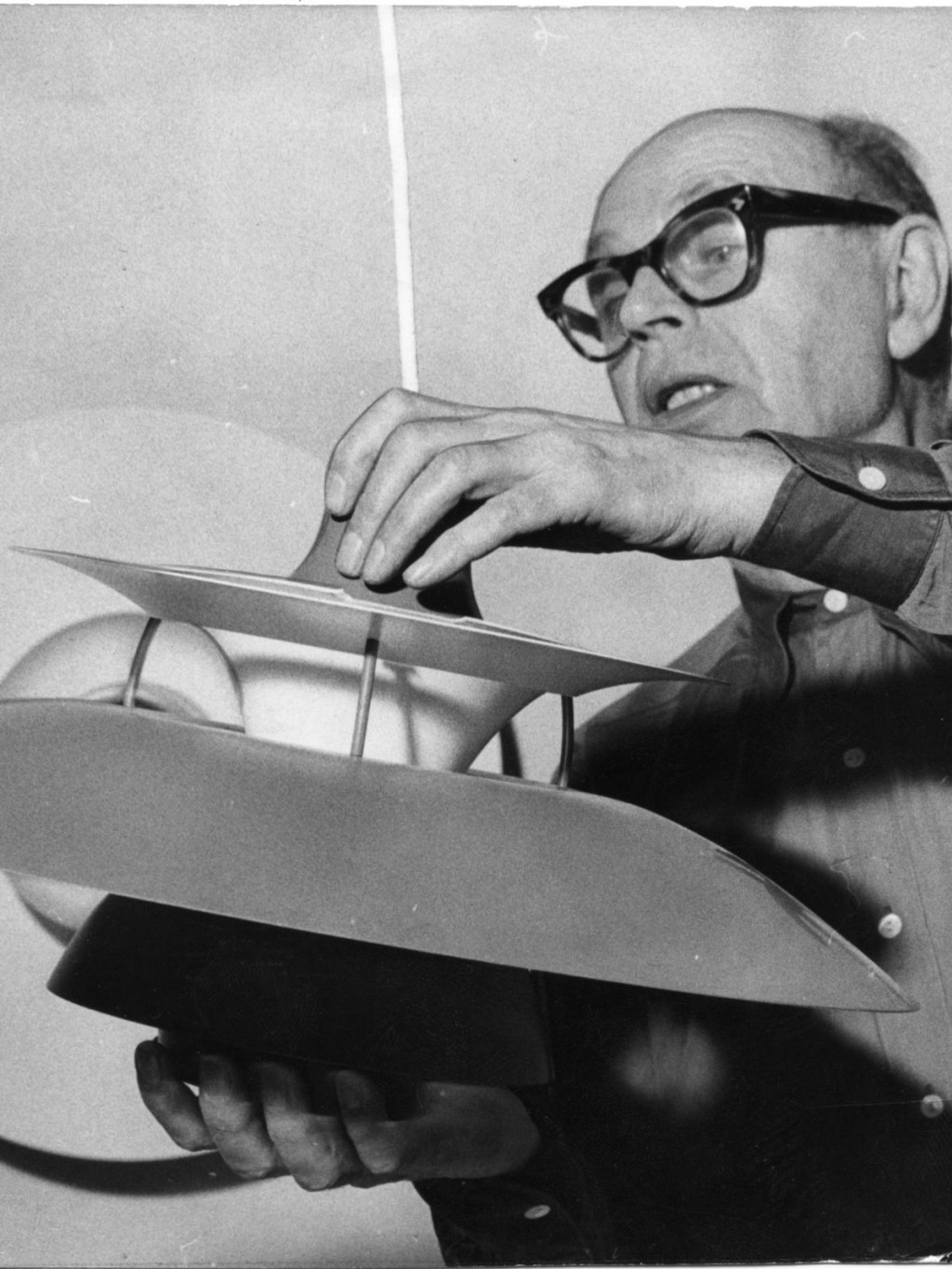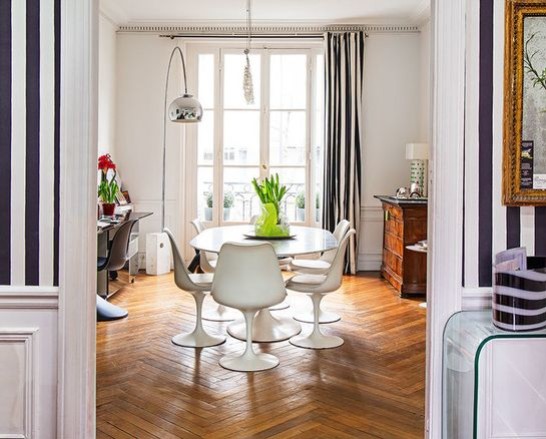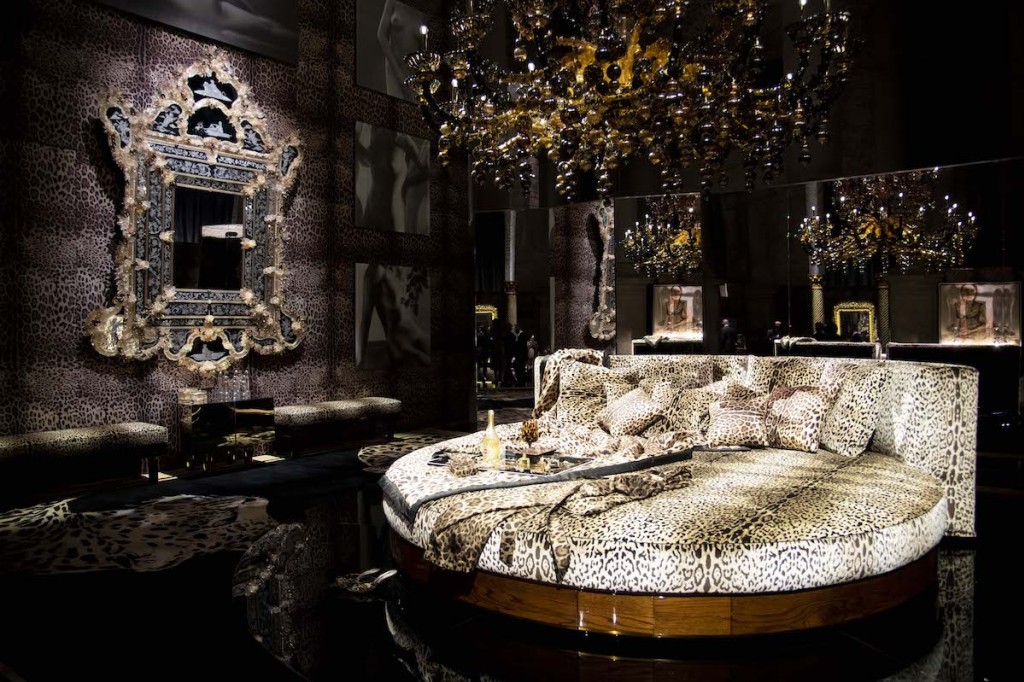Since the 1950s, the use of plastic in furniture design has undergone a remarkable evolution. This versatile material has revolutionized the way designers approach furniture design, offering bold new possibilities in terms of form, function and aesthetics. This article explores the history of the use of plastic in furniture design, highlighting the key trends and major contributions that have marked its development.

Before plastic and its derivatives flooded the furniture market in the 60s and 70s, let's remember that it was already widely used in object design. Who, for example, remembers bakelite, a totally synthetic, thermosetting plastic used in the 1st part of the 20th century to manufacture a number of everyday objects (telephone and radio casings, kitchen utensils, electrical sockets and switches, combs)?

Among the first designers to explore the possibilities of plastic, American couple Charles





